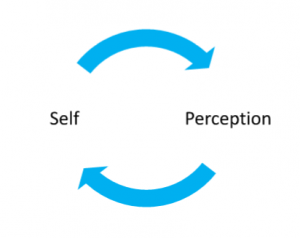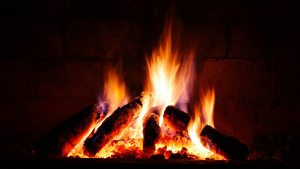Life confronts us with challenges. And in times of crisis, like the recent earthquakes in Turkey and the war in Ukraine, these often seem overwhelming. It is natural for us to feel disoriented, with low mood, low energy and struggle to feel ok during the day and night. The nervous system has in-built resilience to experience these phases of tension, difficulty and suffering. Over the past several hundred million years, we’ve developed an incredibly sensitive and intelligent capacity to remain alive and engage in the world, despite all these difficulties. One heart quality, in particular present for mammals such as us, has made a big difference: compassion.
Compassion is the ability to identify suffering, understand it, feel into it as well as the motivation to alleviate it. Compassion, for me, has been among the most difficult heart-qualities to develop. In my meditation practice and in my life, I have been very strong and committed on goal-achievement, and the cultivation of equanimity (equality of mind) and joy. But compassion is an entirely different posture, a new relationship to the dark side of our lives and minds. It requires a lot of patience, a lot of self- and other-oriented empathy, a deep quality of listening the quivering of the heart.
Being vulnerable, open disclosing a sense of suffering is often perceived socially as being weak or inadequate. We are often faced with a willingness to help but feeling powerless. I remember working with a client at one point, they were faced with chronic pains in the body due to the many operations they suffered. They said they stopped talking about their pain because everyone around them did not have the capacity to hear how much pain she was going through, did not have the required compassion, and therefore held that burden to herself. She did not expect people to find solutions to her pain, just that they could make some space hear her, be understood and welcomed. Because this did not happen, she was holding a second load of suffering, on top of the physical pain: the pain of being misunderstood, the pain of disconnection, the pain of exclusion.
In meditation we can develop this internal compassion, this posture of deep listening and caring for our own grief, pains and suffering. We can learn to hold ourselves dearly, softly, as a loving caretake would hold their baby. In times of crisis, there is so much suffering within us and around us that compassion can make an enormous difference to how we hold ourselves and others. Not expecting change, not expecting ease, not expecting for the suffering to go away, but instead being willing to make space for it. And paradoxically, when we bring ourselves to welcome difficulty, it becomes lighter! Ease and deeper breathing can emerge, a sense of softness and a larger heartbeat can be felt. Evolutionarily, compassion is a very recent but extremely powerful process of integrating our shadows, our suffering and challenges.
Finally, there is a time to celebrate our efforts in the development of compassion. Recently I worked with some individuals who were holding spaces for victims of the Earthquake in Turkey, and they were acknowledging how much more able they were able to stay present in the face of extreme pain. They were really growing their compassion to a whole new level, and even though this was a real challenge and not easy, they were able to see these steps forward. Celebrating these little steps together made a huge difference: we were able to rest a little bit, breathe some more. We were able to joke and enjoy one another’s company, appreciate our time together. It gave us a break from focusing on what was painful, and allowed more ease to be felt in the space and our bodies. It also gave us strength to go deeper, and take further steps for the development of this compassion. We all need to feel strong sometimes, and celebrating our little successes and moments of ease and joy are essential for that.
May compassion be present in us, for the benefit of all beings.
We are offering a online meditation retreat on April 28 – 30, on the topic of “Meditation in Times of Crisis”. Apart of a registration fee of CHF 5,00 it’s completely donation based. Learn more about it and register here.


